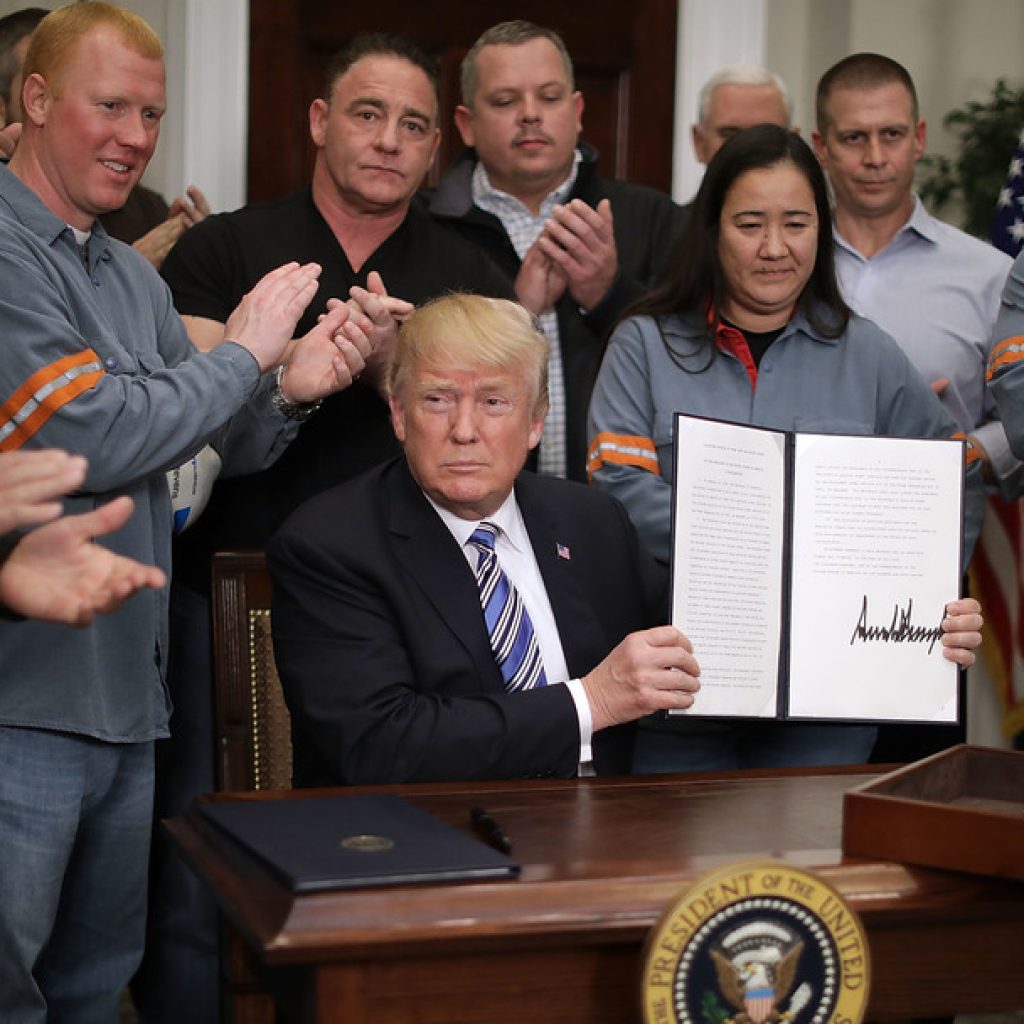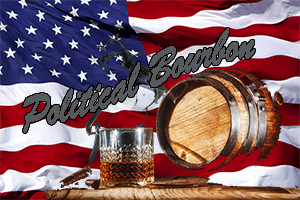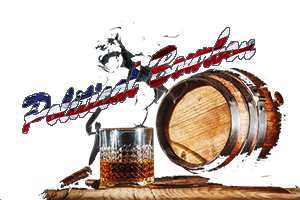Trump’s tariffs on Chinese steel weren’t just a unilateral move—they mirrored how other countries, like China, tax U.S. goods to protect their own industries. Tariffs are a common tool nations use to shield domestic businesses from foreign competition, and a couple of examples can shed light on this.

First, consider how China taxes U.S.-made bourbon. Before Trump’s presidency, China slapped a 20% consumption tax and a 13% VAT on bourbon imported from the U.S. For a $100 bottle:
- Consumption Tax: $100 × 20% = $20
- VAT: ($100 + $20) × 13% = $15.60
- Total Cost: $135.60
This markup makes U.S. bourbon less competitive, boosting China’s domestic producers.
Now, let’s look at steel imports from China to the U.S. in 2018. Back then, China exported a ton of steel worth $4,500, facing a modest U.S. import duty of 0–5% (let’s assume 5%):
- Import Tax: $4,500 × 5% = $225
- Total Cost: $4,725
This seems reasonable—until you consider the bigger picture. In the 1970s, the U.S. was the world’s top steel producer, supplying its own industries like automaking and appliances. Then China ramped up its steel production, outpacing everyone. By 2025, China will produce 1 billion tons annually—more than all other countries combined—while the U.S. makes just 90 million tons. This dominance aligns with China’s ‘Made in China 2025’ initiative, launched in 2015, which aims to make China a global leader in high-tech industries, including advanced steel production. By targeting self-sufficiency and innovation, the plan has fueled China’s ability to export cheap steel, intensifying pressure on U.S. producers and prompting Trump’s tariff response.

China’s surplus floods markets like the U.S. with cheap steel, priced so low that domestic producers can’t compete. Before Trump’s tariffs, this led to U.S. steel plant closures, shrinking an industry critical to national security. Imagine a war where the U.S. can’t produce steel for tanks or ships—it’s a vulnerability we can’t afford. In his first term, Trump imposed a 25% tariff on Chinese steel, raising the cost of a $4,500 ton to $5,625. This leveled the playing field, helping U.S. steelmakers stay in business and even expand.
Tariffs aren’t just about economics—they’re about reciprocity and survival. When other nations protect their industries, the U.S. can’t afford to stand idle.
Sources: Whitehouse.gov; trade.gov; UnitedPipe.com; Sino-shipping.com; Marketplace.org



